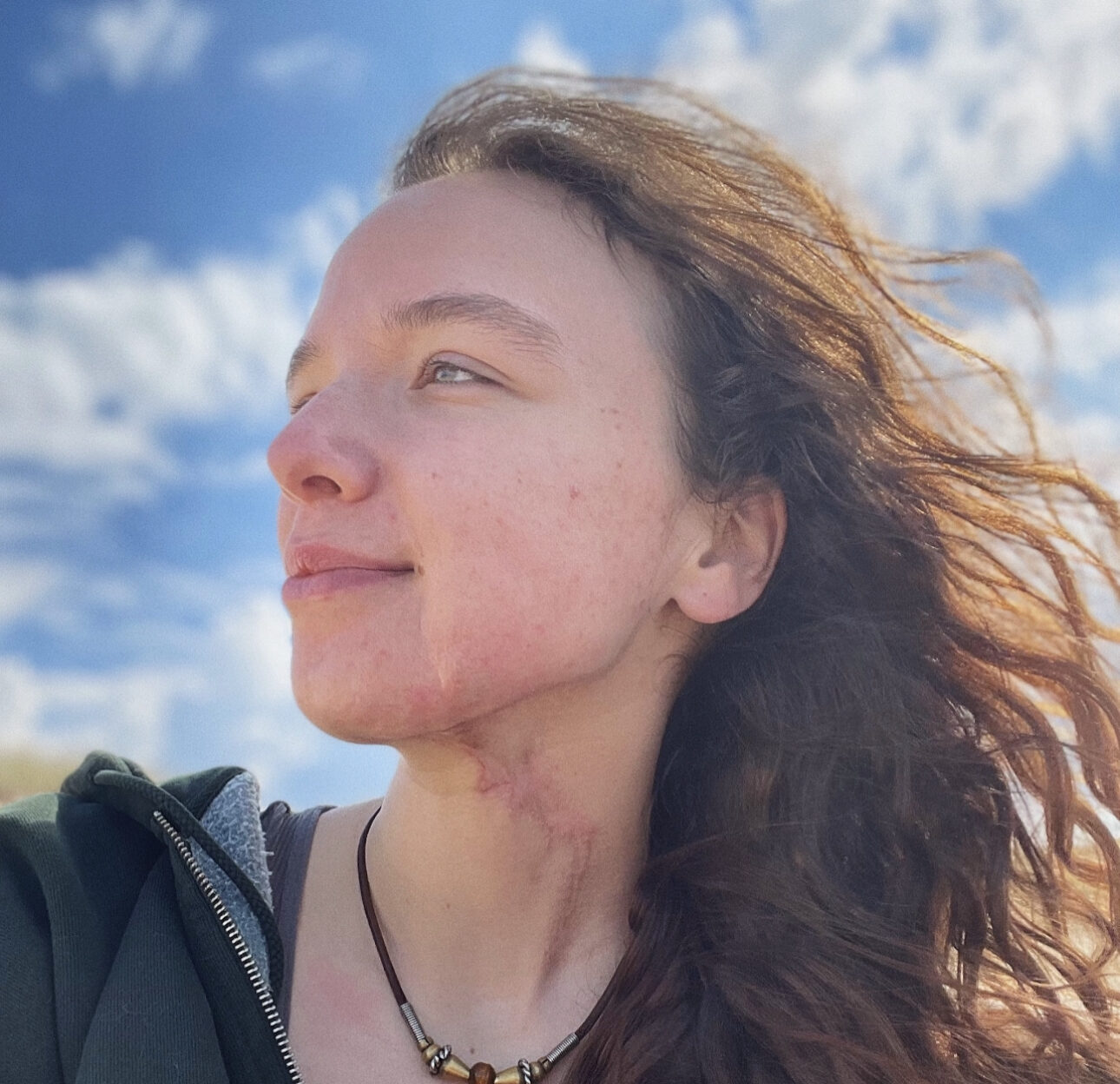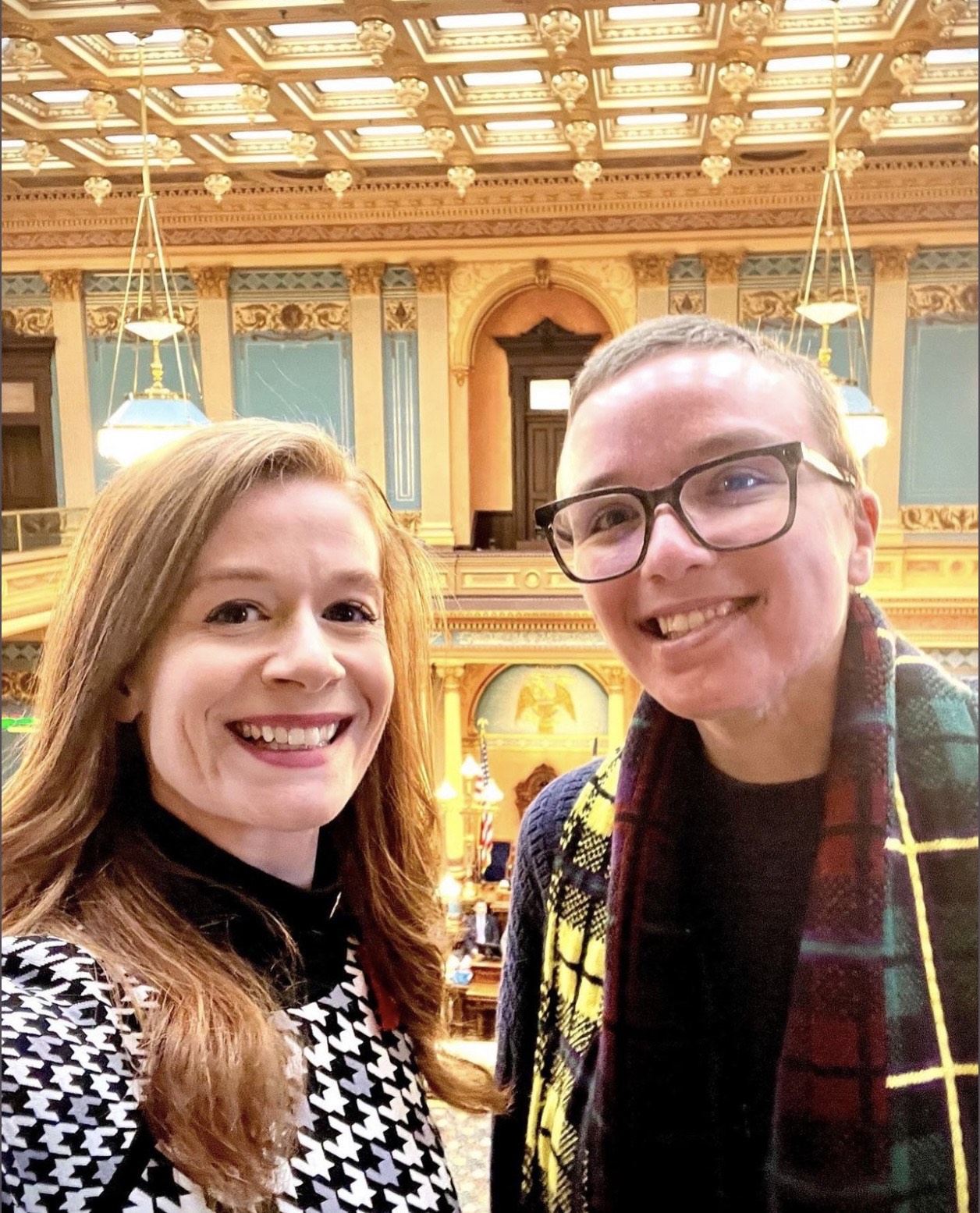Lise Deguire Psy.D
At the end of a weary work week, I sprawled on the couch ready to watch a movie. I wanted to be entertained by someone else’s problems which I was not obliged to support or cure. ‘The Batman’ seemed a decent choice for escapist fun.
All went well until the Penguin appeared. Then, I saw Colin Farrell, unrecognizable in a fat suit and made up with… a prominent scar. “Look at that,” I sighed to my husband. “The Penguin now has a facial scar.” To be clear, the Penguin has no backstory of being scarred. This scar was new, unexplained, and entirely unnecessary to the plot.
Movie villains with a Facial Difference
I am a burn survivor and clinical psychologist. It is well-known in the burn community, yet somehow invisible to others, that villains in movies are often disfigured. Facial scarring defines some of the most infamous movie villains of all time (Darth Vader, Freddie Kruger, Voldemort, and the Joker to name just a few). Movies rely on an unconscious and pervasive assumption which equates beauty with good, and disfigurement with evil.
Perhaps, movie protagonists will always be beautiful and unsullied. I accept that, although I find it unfortunate. (Many of the best people I know are a bit chubby, wrinkled, and balding.) However, why must villains be disfigured? Can’t they just be ordinary looking people who are nasty? Can’t they simply act their inner issues rather than cheaply signaling their evilness with a prominent scar? Isn’t this a trope? Perhaps they should all maniacally twirl their mustaches instead?
I cannot think of any other marginalized group that remains so uniformly maligned in movies. For example, Black characters in film might be heroes or villains. Gay characters are no longer written as stereotypes. Overweight characters can be good or bad. Most of our marginalized groups now enjoy nuanced portrayals in film. It would be unacceptable otherwise, and writers and movie makers now accept this new standard.
Somehow, though, the portrayal of disfigurement has escaped notice. No one seems to object when disfigurement is used, repeatedly and unrelentingly, to signal moral failure and evil intent.
How can facial differences in the media industry be addressed?
There are groups working to address this issue. Face Equality International (FEI) is a group of NGOs, working to combat prejudice against the facially different (by the way, May 17-24, 2022 is Face Equality week.)
FEI has campaigned since its conception to prevent further harmful characterisation of those with facial differences. An open letter challenging the casting call for people with disfigurements to play non-human characters in the Amazon Prime adaptation of Lord of the Rings can be found here.

Today it occurred to me that the best way to effect change in films might be to address the movie-making community directly, and screenwriters in particular. Writers lay out the vision of the film; imagining the look of each character; it all starts with them.
So, allow me to set the stage.
Imagine, you have a daughter, a little girl, burned in a horrific fire. Imagine you sat by her hospital bed for many months, watching her heal and praying that she might somehow still have a good life. Now, years later, miracle of miracles, she is scarred but well. What movies do you want her to watch?
Beauty and the Beast? (In which the good character is literally named Beauty, and the Beast is turned ugly when he is mean, and handsome again when he becomes nice.)
The Lion King? (The disfigured villain is literally named “Scar.”)
Star Wars? (Where evil Darth Vader hides his hideous, burned face behind a mask)
Harry Potter? (Voldemort – is as dastardly and murderous as they come – also disfigured)
The Hunchback of Notre Dame? (in which Quasimodo is not evil, but his disfigurement renders him so pathetic that he is forcibly hidden away from society).
Wouldn’t you want your daughter to have some representation, somewhere, of disfigured people who are neither evil, nor pathetic, just ordinary people leading ordinary lives of love, worth, and purpose?
Disfigurement doesn’t turn a person evil. Disfigurement arrives at birth, or from trauma, leaving the person with social challenges for the rest of their life. Hollywood isn’t helping.
I ask that you lay the disfigured trope to rest. Let your actors playing antagonists use their own acting skills to portray badness. They don’t have to be ugly on the outside. Surely your cast is more than capable of acting evilness without attaching fake scars to their cheeks.
Please write those characters instead.
Find more from Lise on her website, LinkedIn, Twitter, Facebook and Instagram.
Author of Flashback Girl: Lessons on Resilience from a Burn Survivor
Tags: Blog, disability, disfigurement in the media, Face Equality, facial difference, inequality, media, Story Posted by



